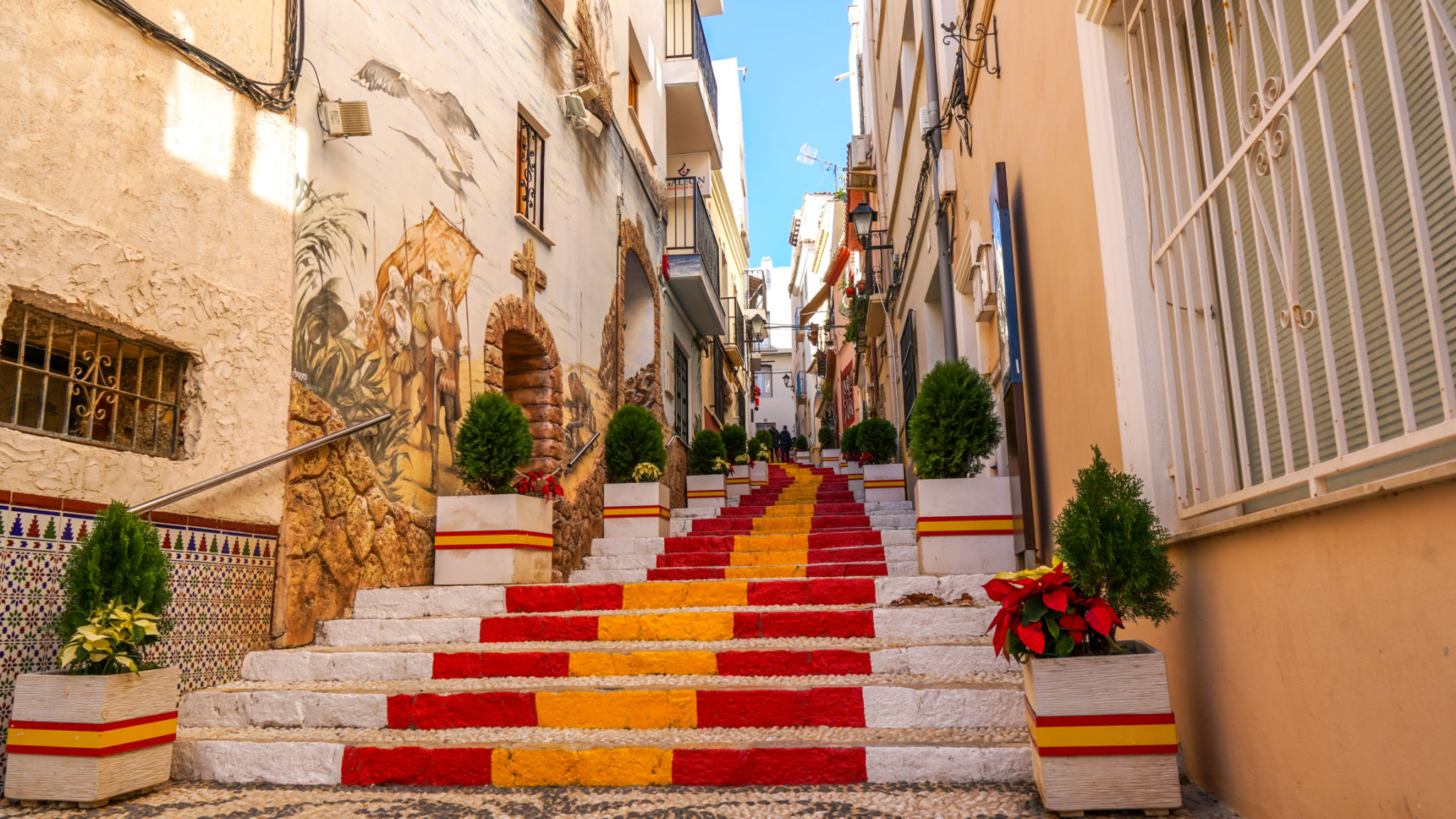The History and Evolution of Mosaic Art: From Ancient Times to Modern Alicante
Ancient Beginnings of Mosaic Art
Mosaic art is a timeless form of expression that dates back to ancient civilizations. The earliest mosaics were created around the 3rd millennium BCE in Mesopotamia, where artisans used small, colored stones and shells to create intricate patterns. These early works set the stage for what would become a long and evolving tradition of mosaic art.
The Greeks and Romans elevated mosaic work to new heights by incorporating it into their architecture and daily life. Roman mosaics, often depicting mythological themes or daily life scenes, adorned the floors and walls of villas, public baths, and temples. The use of tesserae—small, uniformly cut pieces of stone, glass, or ceramic—allowed for detailed and colorful designs.

The Byzantine Influence
During the Byzantine era, mosaic art reached a pinnacle of religious and artistic expression. Vibrant mosaics adorned the walls and ceilings of churches, showcasing religious icons and biblical scenes. The use of gold leaf tesserae added a luminous quality, creating a heavenly atmosphere within sacred spaces.
Byzantine mosaics influenced art across Europe and the Middle East, spreading their techniques and styles. The intricate designs and rich color palettes became hallmarks of this era, leaving a lasting legacy on religious art. This period saw significant advancements in the use of glass tesserae, which allowed for even more vivid and expressive works.

Renaissance Revival
The Renaissance period marked a renewed interest in classical art forms, including mosaics. Artists of the time sought to revive the grandeur of ancient Roman mosaics while infusing their works with contemporary themes and techniques. This era saw a blend of old and new, with artists experimenting with perspective and naturalism in their designs.
During this time, mosaics began to appear in secular settings as well as religious ones, adorning palaces and public buildings. The focus shifted towards capturing human emotions and realism, reflecting the broader artistic trends of the Renaissance.

Modern Mosaic Art in Alicante
In modern times, mosaic art continues to evolve, finding its place in contemporary settings around the world. The city of Alicante in Spain is renowned for its vibrant and innovative mosaic installations that blend traditional techniques with modern aesthetics.
Alicante's famous Explanada de España is a testament to the enduring appeal of mosaic art. This stunning promenade is paved with 6.5 million marble tiles arranged in a wave-like pattern, showcasing the artistic excellence that defines the region. The colorful designs reflect the city's cultural heritage while embracing modernity.

The Future of Mosaic Art
As technology advances, so does the potential for mosaic art. Artists today are exploring new materials and digital techniques to push the boundaries of this ancient art form. From public spaces to private homes, mosaics continue to captivate audiences with their intricate beauty and storytelling ability.
The future of mosaic art lies in its ability to adapt and innovate while honoring its rich history. As artists draw inspiration from past masters and embrace new possibilities, mosaic art will undoubtedly continue to flourish as a dynamic form of creative expression.
